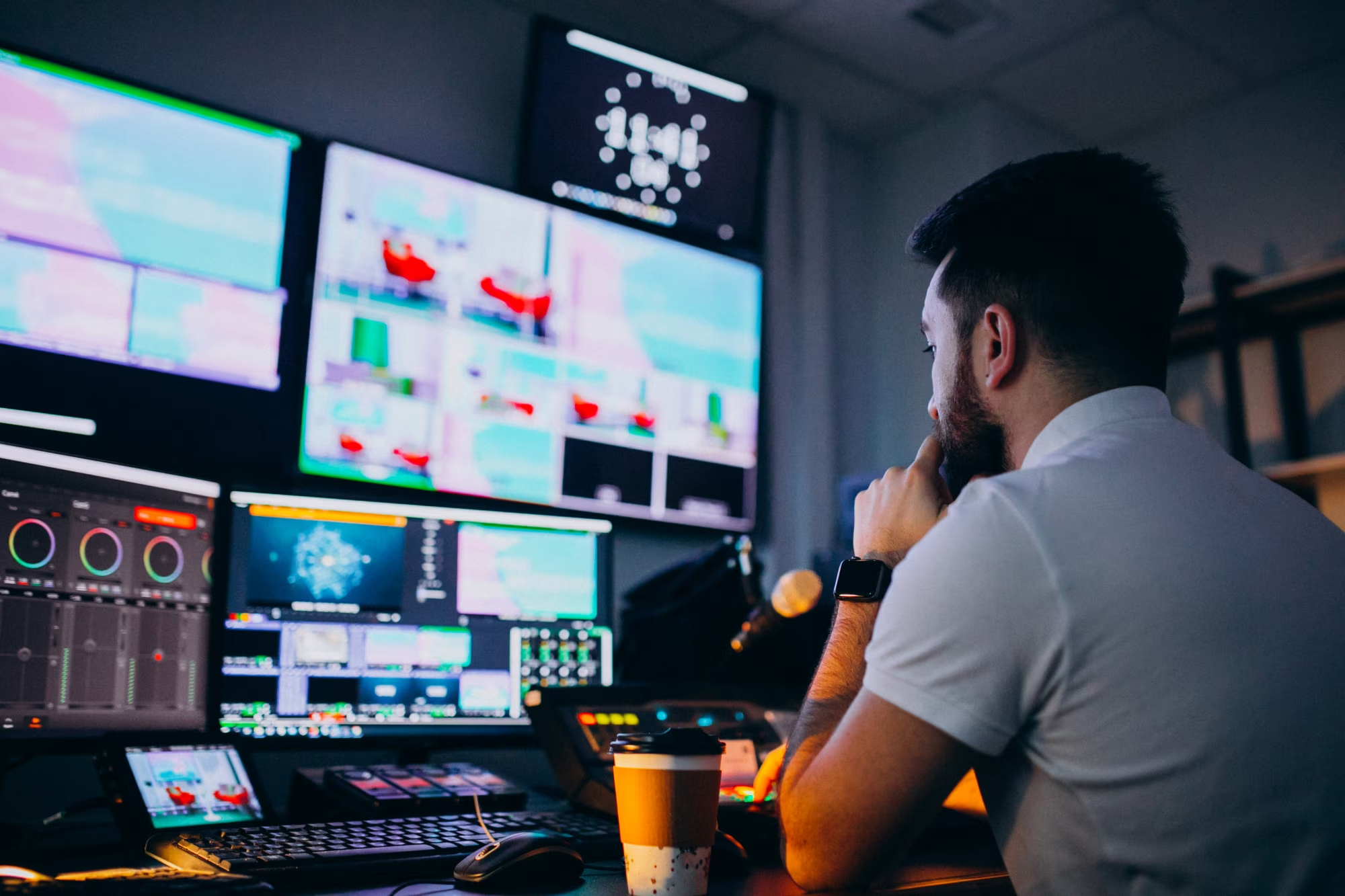
+91 9515698216




Computer vision services involve the use of algorithms and technologies to enable computers to understand and interpret visual content. These services analyze and extract information from images or videos, allowing computers to recognize objects, understand scenes, and perform various tasks based on visual input.Computer vision services are used in a wide range of applications, including.
Identifying and categorizing objects within images or videos. This can be useful for tasks such as automatic image tagging, facial recognition, or object detection in video surveillance systems.


Sorting images into predefined categories or classes based on their content. This can be utilized in applications like content moderation, organizing image libraries, or automatic tagging in e-commerce.
Dividing an image into meaningful regions or segments to extract specific features or objects. This technique is beneficial in medical imaging for tumor detection or in autonomous driving for identifying pedestrians and obstacles.


Recognizing and extracting text from images or scanned documents. OCR is commonly used in document digitization, data extraction, or text translation applications.
Overlaying virtual objects or information onto the real world using visual markers or image recognition. AR is employed in applications like interactive advertising, gaming, or virtual try-on experiences.


Analyzing video content for various purposes, such as activity recognition, behavior tracking, or anomaly detection. Video analytics can be valuable in surveillance systems,
crowd monitoring, or industrial automation.
Companies like Google Cloud Vision, Amazon Rekognition, Microsoft Azure Computer Vision, and IBM Watson Visual Recognition provide computer vision services as part of their cloud offerings. These services typically provide APIs and pre-trained models that developers can utilize to incorporate computer vision capabilities into their applications or workflows.